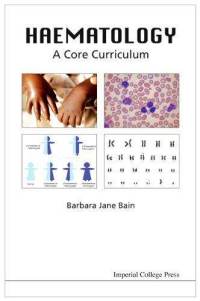I think that there are two main reasons why a lot of people believe that hematology is a tough subject to master.
First, it is essential a microscopic and molecular science. Unlike cardiology or neurology, which have organs-in-chief that can be visualized quite easily in 3-dimensional space, hematology is a science of cells which permeate the entire human body. This makes things a little bit harder to anchor. Second, hematology tends to be taught and tested through the use of prototypical examples, whereas real life hematology has many shades of gray. For example, it’s pretty easy to distinguish iron deficiency anemia from anemia of chronic disease on a Board question. Real life is dicier.
Haematology: A Core Curriculum by Professor Barbara J. Bain is very good at describing how various hematological diseases present in the real world. For example, the book teaches that B12 deficiency may present with neurological deficits alone, macrocytosis alone, macrocytosis plus anemia and, later still, macrocytic anemia plus neutropenia and thrombocytopenia.

The book is slightly more than 300 pages long and so it can be read in a weekend or even during a single long airplane flight.
I recommend this book very highly to medical students and to practicing clinicians alike.
A free sample of the book can be viewed here.


Leave a Reply